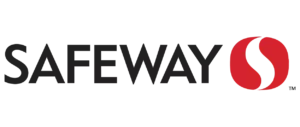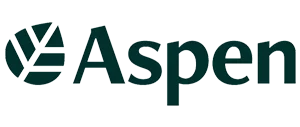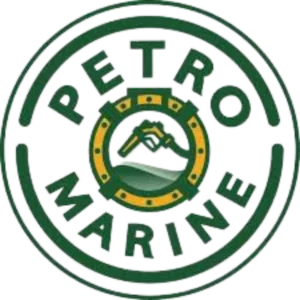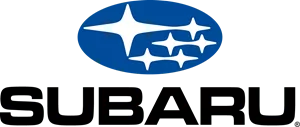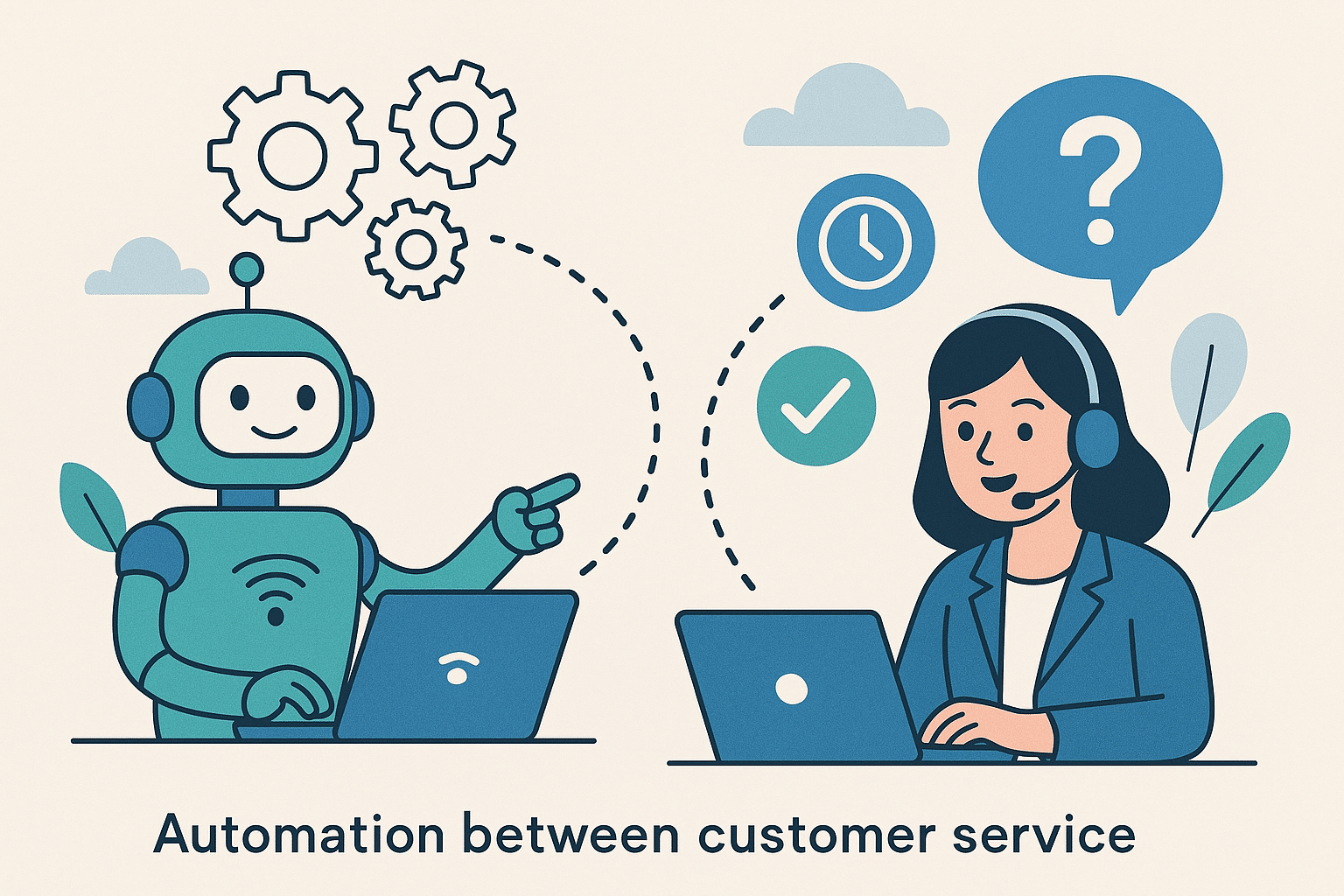The corporate world is evolving at a rapid pace, and increasingly regulatory requirements across different sectors. Companies are not only expected to deliver great products or services but also demonstrate themselves to be compliant and responsible. Hence, there has been a growing importance assigned to effective communication as a prime driver of effective compliance management. The reason that communication tools are so crucial in current compliance practices is discussed below. But selecting the right tools is only half the battle—you must also train employees effectively in how to use them.
A properly designed compliance training program teaches staff with the knowledge, competencies, and communication tools required to comply with regulatory policies, manage risk, and maintain organizational integrity.
Communication Tools in Compliance Training—Why They Matter
Compliance has never been solely about processes and people, but in the digital age, technology now plays the lead role. Today’s employees expect:
- Transparency and timely policy updates
- Convenient access to compliance resources
- Multi-channel communication support
Communication platforms make sure that compliance staff and employees remain on par with rules. They facilitate the distribution of rules, automate reporting, and present a unified communication setting for compliance dialogue. For instance, integrated platforms combine:
- Live chat
- Internal forums
- Voice and video calls
This combined approach eliminates miscommunication, reduces mistakes, and fosters a culture of compliance.
Another very important tool is compliance-focused message systems, which ensure employees receive key alerts in real time. For instance, platforms such as retail SMS can be configured for use in compliance to send employees in real time reminders of policy refresh, regulatory reminders, or key compliance alerts. The high response and real-time nature of these tools make them highly effective in inspiring compliance awareness among employees.
Integration is the solution, though. To deliver a good compliance training program, combine a number of different communication tactics on one platform. This way, employees not only receive the rules, but they continually implement them in their daily work.
Live Chat and Virtual Assistants in Compliance
Live Chat
Live chat capability is not the preserve of customer-facing industries. Within compliance, it provides employees with real-time answers to urgent policy questions. Whether they need information on data protection law or ethical advice, live chat provides real-time support. Training employees to make the best use of live chat systems needs to be a standard part of compliance training.
Chatbots and Virtual Assistants
AI-powered chatbots can be utilized to automate responses to routine compliance queries, say reporting procedures or documentation. This will free compliance officers’ time and allow them to handle complex cases. But employees should be trained on how to escalate such bot-to-human conversation whenever necessary—this brings precision and prevents regulatory errors.
Omnichannel Platforms and Feedback Systems
Employees should be able to receive compliance guidance through any medium they find most convenient:
- Intranet portals
- Messaging apps
- Video calls
Omnichannel platforms bring these touchpoints together so that employees see a unified message of compliance without duplication. During training, clarifying how all channels operate and ensuring consistency between platforms should be made clear.
Feedback management solutions are also essential. They allow organizations to collect employee feedback on compliance processes, training effectiveness, and reporting challenges. Such data sharpens compliance strategies while fostering a transparency culture. Training must thus include giving constructive feedback and reacting suitably to problems.
Internal Messaging for Compliance Officers
Compliance usually involves interdepartmental collaboration. Team messaging platforms such as Microsoft Teams or Slack facilitate compliance officers:
- Share policy updates in real-time
- Coordinate reporting and audit activities
- Prevent miscommunication
Training employees to properly use these apps supports compliance culture. Even in shift or remote arrangements, proper use of messaging platforms avoids regulatory activities falling behind.
Artificial Intelligence-powered Compliance Assistants
Compliance more and more uses Artificial Intelligence to monitor information, flag threats, and predict possible offenses. AI-based applications can:
- Identify suspicious transactions
- Track training completion rates
- Automate parts of compliance monitoring
However, the intervention of human beings is still inevitable. Employees must be provided with the ability to manage AI systems, review flagged matters, and use judgment where judgement is required. Training programs in compliance should therefore include modules on how to interact with and interpret AI-powered compliance assistants.
CRM Systems and Compliance Documentation
Even though CRMs are often seen as customer-confrontational, they can equally be used for compliance. They store important information, including employee certifications, training records, and compliance documents. This enables companies to design individualized compliance training paths and ensure employees remain up to date.
Training must teach employees how to use these systems to capture compliance activities, track their progress, and leverage data to ensure regulatory compliance.
Conclusion
A strong compliance training program must combine two very critical components: developing sound communication skills and mastery of compliance technology. With communication tools, organizations can develop a culture of accountability, transparency, and ethical conduct.
Combining the tools into training ensures employees understand not just regulations but also apply them regularly in their everyday activities. The result is reduced risk, enhanced stakeholder trust, and sustained organizational stability.
Lastly, human potential and communication platforms powered by technology will decide the efficacy of compliance training under today’s dynamic regulatory environment.




